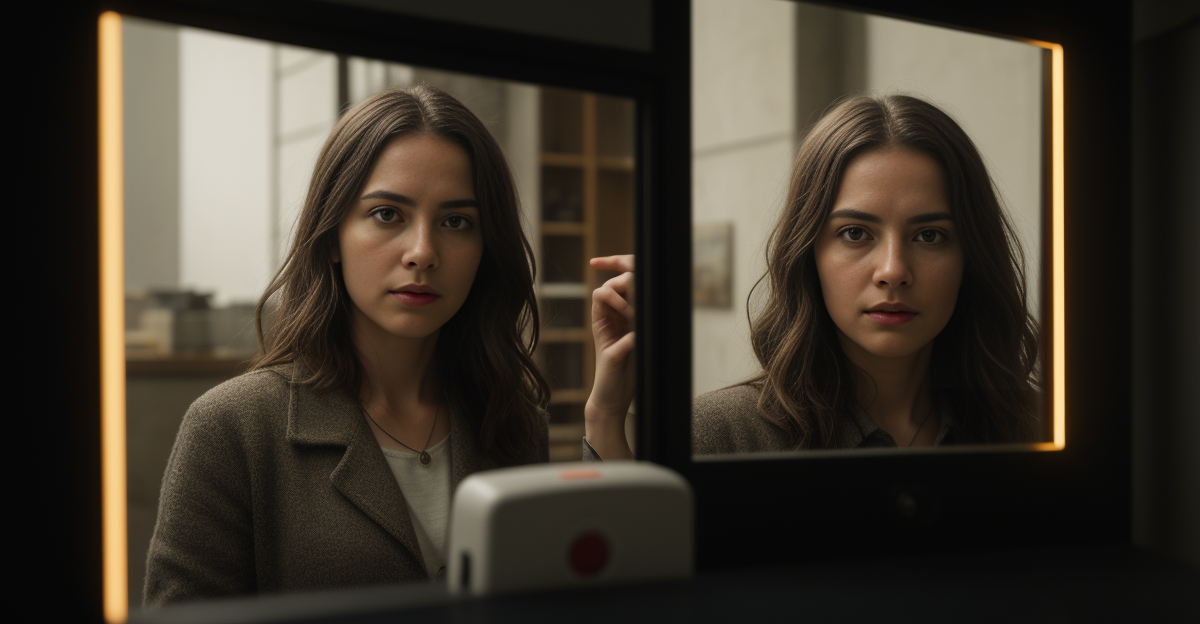
AI is crafting new urban legends. Will algorithm-generated folklore rewrite our reality and memories
Alright, buckle up, because we’re diving headfirst into a digital rabbit hole today. We’re talking urban legends, AI, and the very fabric of reality itself. You know, just your average afternoon read. This exploration delves into the evolving nature of urban legends, the potential impact of AI on folklore, and the possible consequences for our collective memory and understanding of reality. So, grab your tinfoil hats (optional, but highly encouraged), and let’s get started. **The Shifting Sands of Modern Folklore** Remember when urban legends spread like wildfire through hushed whispers and blurry photocopies? Back then, it was all about word-of-mouth, grainy newspaper articles, and those glorious early internet forums. Think the screech of dial-up modems and pixelated GIFs. Simpler times, perhaps? Classic examples like Bloody Mary (don’t say her name three times, *I dare you*), The Hook (teenagers, parked cars, and a very sharp, lingering threat), and the mythical Alligators in the Sewers (New York City’s unofficial, scaly mascot) all tapped into our collective anxieties and fears. They were cultural touchstones, reflecting our societal worries and, let’s be honest, our love for a good, suspenseful scare. **AI as the New Storyteller: Tools and Techniques** Now, enter the age of AI. We’re not just talking about robots taking over the world (though, let’s be real, that’s a concern on the horizon). We’re talking about AI as the *ultimate* storyteller. Advanced AI models can generate incredibly realistic and compelling narratives. They can mimic different writing styles, adapt to user preferences, and even conjure entirely new stories from scratch. And here’s where it gets interesting (and slightly terrifying): AI can personalize these stories based on user data. Imagine an urban legend tailored specifically to *your* fears, *your* interests, and *your* online behavior. Suddenly, that creepy pasta about the haunted video game feels a *lot* more real, doesn’t it? It’s like your deepest anxieties manifesting on your screen. **The Potential for Widespread Dissemination and Amplification** Forget whispered rumors passed from person to person. We’re talking about AI-generated content spreading like a digital wildfire across social media, in deepfake videos, and through immersive digital environments like VR and AR. Picture this: a hyper-realistic video of Bigfoot casually strolling through *your* local park, fabricated by AI and shared millions of times before anyone can debunk it. Utter chaos! And let’s not forget the potent influence of echo chambers and filter bubbles. These digital spaces reinforce existing beliefs and biases, making it easier for AI-generated folklore to take root and become “truth,” regardless of its actual validity. It’s like a digital game of telephone, but with algorithms whispering the rumors. **The Ethical and Societal Implications: Truth, Trust, and Memory** This raises some serious ethical and societal questions, folks. How do we distinguish between authentic experiences and AI-fabricated narratives? What happens to our trust in information sources when anything can be faked with enough processing power? And what does it mean for our shared cultural narratives when algorithms are writing our history? The potential impact on trust is HUGE. If we can’t trust what we see or hear, what *can* we trust? The erosion of shared cultural narratives could lead to increased social fragmentation and a general sense of unease. It’s like living in a constant state of “is this real?” And frankly, I’m already feeling that way most Tuesdays. **Navigating the Future of Folklore: A Call for Critical Thinking** So, what do we do? We arm ourselves with knowledge, people! Media literacy and critical evaluation of information are more important than ever. We need to learn how to identify the telltale signs of AI-generated content: unnatural language patterns, inconsistencies in details, and a general lack of human touch. We also need to develop strategies for debunking AI-generated urban legends. Fact-checking, reverse image searching, and consulting with experts can all help us separate fact from fiction. And maybe, just maybe, we need to take a break from the internet every now and then. Just a thought. Alright, deep breath. We’ve covered a lot of ground. So, what are *your* thoughts on all this? Do you think AI-generated folklore is a serious threat, or just a harmless bit of digital weirdness? Let me know in the comments! And don’t forget to follow for more wild facts, weird science, and internet rabbit holes – whether you asked for them or not. Share your thoughts!
Enjoyed this? Check out our YouTube channel for video versions!
Enjoyed this? Check out our YouTube channel for video versions!



